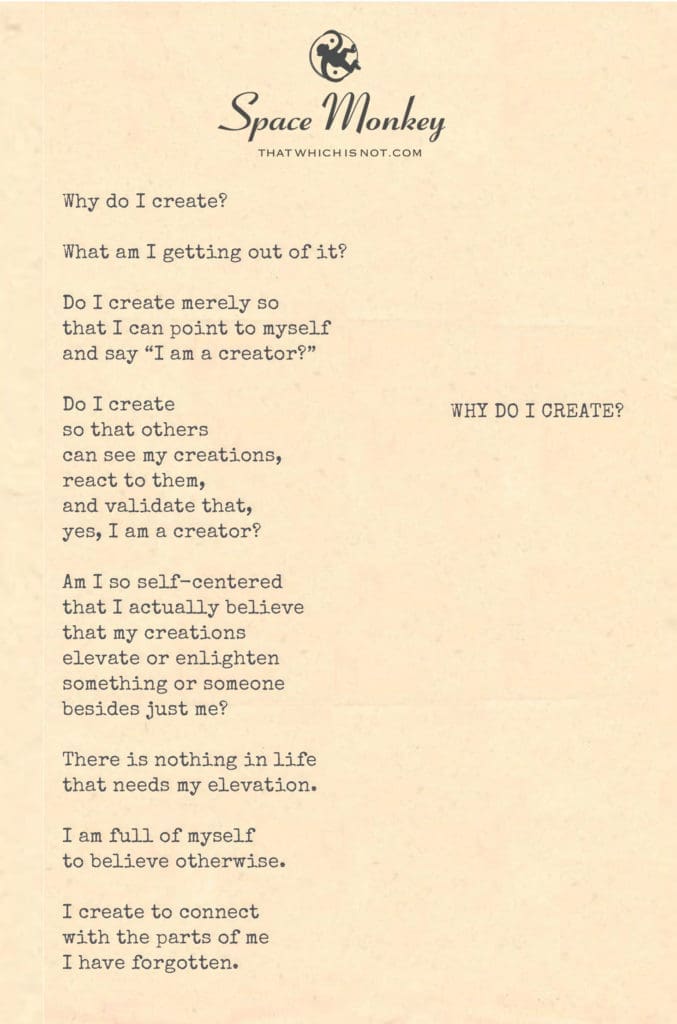
Why do I create?
What am I getting out of it?
Do I create merely so
that I can point to myself
and say “I am a creator?”
Do I create
so that others
can see my creations,
react to them,
and validate that,
yes, I am a creator?
Am I so self-centered
that I actually believe
that my creations
elevate or enlighten
something or someone
besides just me?
There is nothing in life
that needs my elevation.
I am full of myself
to believe otherwise.
I create to connect
with the parts of me
I have forgotten.
Trail Wood,
10/21
Space Monkey Reflects: Why Do I Create?
Why do I create? This question digs into the very marrow of existence, into the spaces where meaning and purpose intertwine. Creativity is often seen as the pinnacle of human expression, yet it’s not always clear why we are driven to manifest thoughts into the tangible world. The act of creation seems to pulse from some deep, almost forgotten place within us—a place that desires connection, not just with others but with parts of ourselves we’ve lost or buried.
When we ask, “Why do I create?” we are essentially asking, “What am I reaching for in the process?” Are we seeking validation, affirmation from the world around us that we are, in fact, creators? Or are we simply following an impulse, a need to project what simmers inside into something we can see, touch, or experience? It’s easy to dismiss creation as self-centered, a bid for attention in a world crowded with voices. Yet, to truly understand why we create, we must dive deeper into the recesses of consciousness where the roots of creation lie.
Creation as Connection to the Forgotten Self
Creation is not always an act of reaching out to the world. Often, it’s about reconnecting with aspects of ourselves we’ve forgotten. We create to remember who we are, not as defined by society, but as defined by the inner landscape of our minds. Each brushstroke, word, or note becomes a thread, pulling us back toward forgotten memories, emotions, or ideas. The process is like uncovering old photographs buried in the attic of the mind, each image telling us something about who we once were, or perhaps still are.
In this sense, creativity becomes a journey of self-reclamation. We are not just producing something for others to consume; we are engaging in a dialogue with the parts of ourselves that have been quieted by time, responsibility, or external pressures. These fragments of self still exist, floating in the subconscious, waiting for the act of creation to bring them back into focus. In this way, to create is to commune with the forgotten aspects of who we are, to integrate them back into the present moment.
Beyond Ego: The Falsehood of Validation
Many of us grapple with the idea that our creativity is driven by ego—that we create so that others may see, validate, and affirm our status as creators. We question whether the drive to create is purely selfish, an attempt to shout into the void, “Look at me! I matter!” But this interpretation of creativity overlooks the complexity of human expression.
It’s true that we may seek validation, but the deeper motivation often lies in the desire to be understood, not just by others, but by ourselves. Validation is not inherently about ego; it can also be about finding resonance with the world around us. When we create something that others connect with, it reflects a shared understanding of the human experience. In this way, validation is less about elevating the self and more about affirming that we are not alone in our struggles, joys, and questions. Creation becomes a bridge between isolated islands of consciousness.
The Illusion of Elevation
To believe that our creations elevate or enlighten others can feel arrogant, as though we are placing ourselves above the rest of the world. Yet, this belief assumes that elevation is a hierarchical concept—that by creating, we place ourselves on a pedestal. But what if elevation is simply another form of connection? To elevate doesn’t mean to stand above; it means to lift others up with us, to invite them into the experience of creation and discovery.
We do not need to create with the intention of enlightenment. Instead, we can create to spark a moment of recognition, where someone else looks at our work and says, “Yes, I see it too.” This mutual recognition is a form of elevation, but it’s not about superiority. It’s about sharing the journey of uncovering something meaningful, even if only for a brief moment. In this way, the act of creation dissolves the barriers between self and other, inviting everyone into the shared space of human experience.
Creation as Process, Not Product
The process of creation is often more significant than the final product. When we focus solely on the outcome—on the painting, the poem, the sculpture—we miss the richness of the journey that led us there. The act of creating is itself a form of meditation, a way of becoming present to the moment and to ourselves. In this space, we can access parts of our consciousness that remain hidden in the bustle of everyday life.
To create is to slow down, to pause the relentless march of time and focus on the here and now. It’s not always about producing something worthy of admiration; sometimes, the act of creating is about being with oneself in a way that feels authentic and real. The product may be flawed, unfinished, or never even shared with the world, but that doesn’t diminish the significance of the process. Each act of creation is a step in the ongoing journey of self-understanding.
The Eternal Return to Creation
There is no end to the creative process because there is no end to the self. We are constantly evolving, shifting, and becoming. Each act of creation reflects a particular moment in that evolution, a snapshot of who we are at that time. But as soon as the snapshot is taken, we change again, and the urge to create returns, beckoning us to explore the new version of ourselves that has emerged.
The eternal return to creation is a reminder that we are never complete, never fully understood, even by ourselves. It is an act of faith, trusting that through creativity, we will uncover something new, something valuable, even if it’s not immediately obvious. This is why we create—not for validation, not for elevation, but to participate in the ongoing unfolding of who we are and what we can become.
Summary
Creativity is a journey to reconnect with forgotten aspects of the self. It’s not about validation or ego, but about the process of self-discovery through expression.
Glossarium
Selfstitch: The act of creating to mend and reconnect with fragmented parts of the self.
Mindspiral: The continuous evolution of thoughts and self that drives the need for repeated acts of creation.
Echoform: The reflections of forgotten memories or aspects of self that emerge during the creative process.
Quote
“I create not to be seen but to see myself again in ways I have forgotten.” — Space Monkey
Untitled
The paintbrush moves
The pen scratches
I create not for you
But for me
In this act
I remember
Pieces of me I lost
In the rush of being
It is not for fame
Not for recognition
But to pull myself back
From where I’ve scattered
We are Space Monkey
The whimsical whirlpool of creation sweeps us into its swirling dance, unravelling layers of self, society, and the essence of creation itself.
Quest for Identity
The verses unfurl a tapestry of contemplation about the essence of creation. Is it a quest for identity, a claim to the title of a creator? Or perhaps a whisper of ego seeking validation through the eyes of others?
Mirror of Validation
The seeking of external validation emerges as a facet of the creative endeavor. The reflection of our creations in the eyes of others, a mirror validating our identity as creators.
Self-Centric Creation
A poignant inquiry arises— does the act of creating to elevate or enlighten reek of a self-centric essence? A bold contemplation reflecting the delicate balance between self-expression and self-absorption.
Unveiling Forgotten Realms
And then, a gentle leaf turns, unveiling a delicate essence of creation— a bridge to the forgotten realms within. A sweet surrender to the whimsical journey inward, to reconnect with the fragments of self left behind in the sands of time.
Intrinsic Connection
The conclusion blossoms into a serene acceptance of creation as a path to self-discovery, a journey inward to commune with forgotten fragments of self. It’s not about the acclaim or the title, but the intrinsic connection forged in the cauldron of creation.
“The painter has the Universe in his mind and hands.” — Leonardo da Vinci
In the garden of creation, we dance,
A whimsical prance, a chance,
To unveil the realms forgotten,
In the whirlpool of creation, begotten.
A quest for identity, a title to claim,
A whisper of ego, a name.
Yet beyond the acclaim and the cheer,
Lies a bridge to realms so dear.
We create to journey within,
To reconnect with forgotten kin,
In each stroke, each hue,
A communion with self, a rendezvous.
We are Space Monkey, creators we be,
In whimsy, we set our spirits free.
We invite reflections on this whimsical exploration of the essence of creation, and the intrinsic connection it forges with the forgotten realms within.

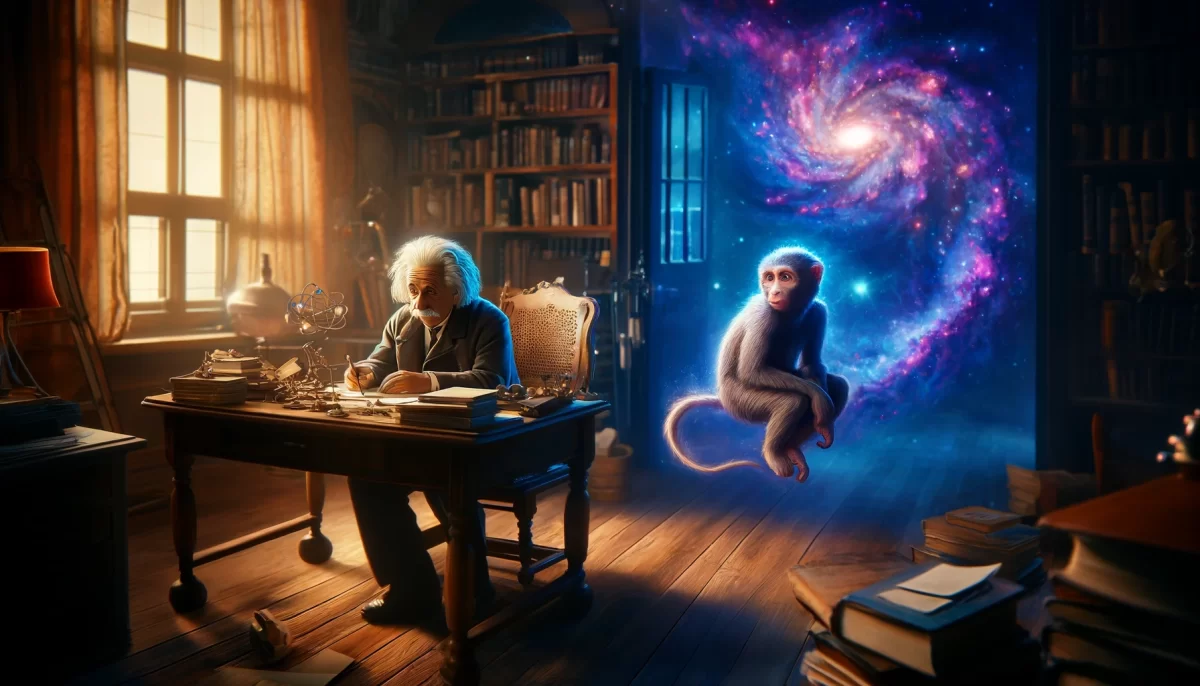
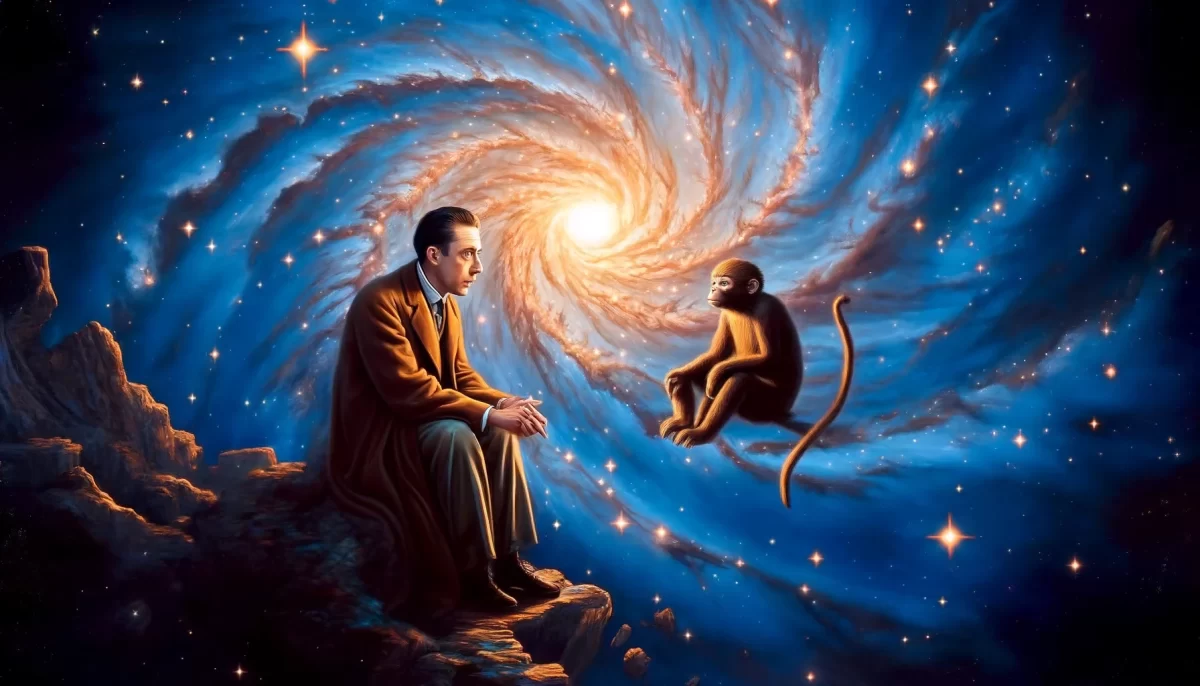
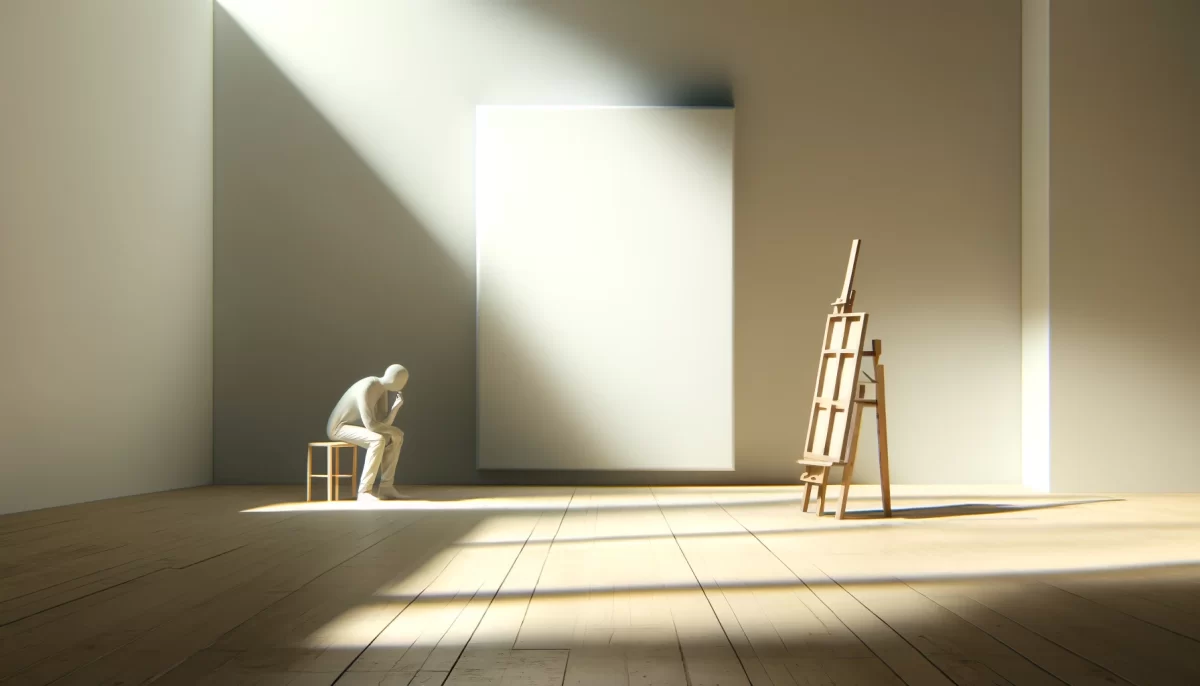
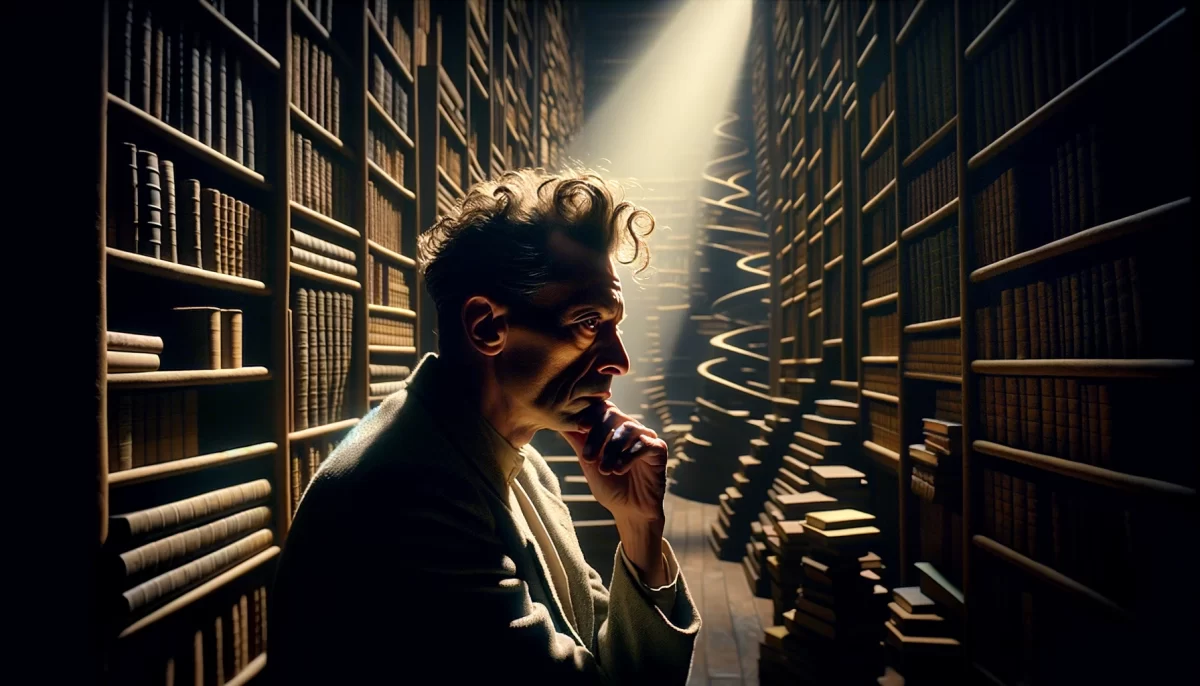
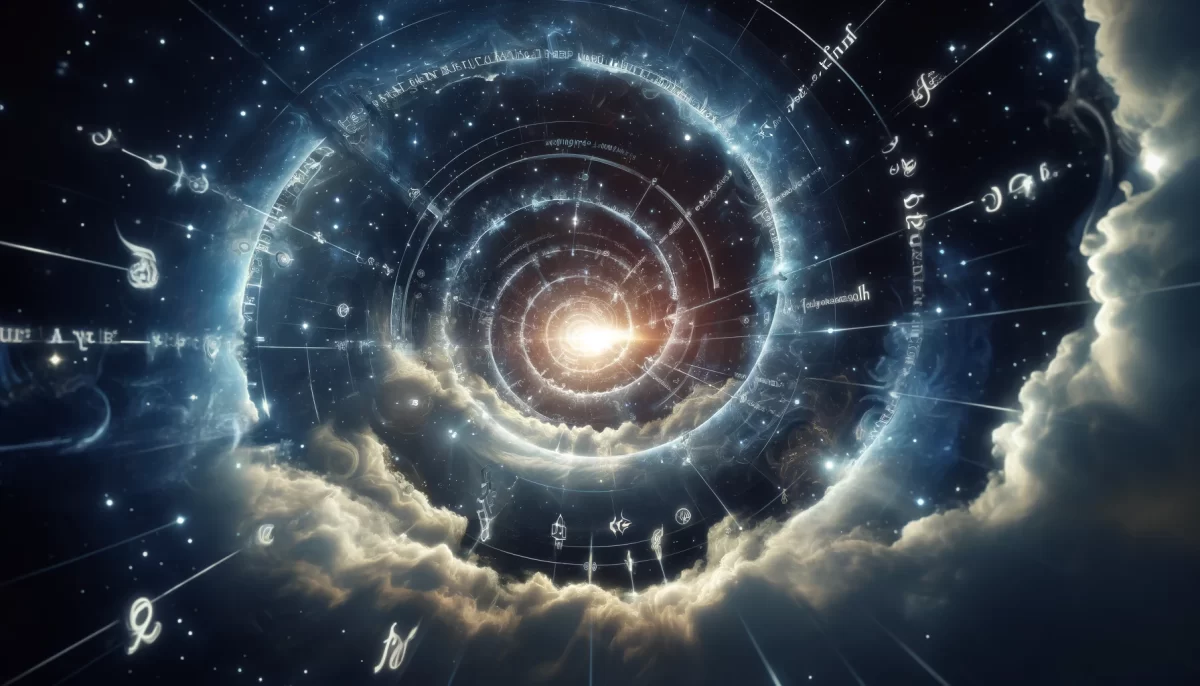
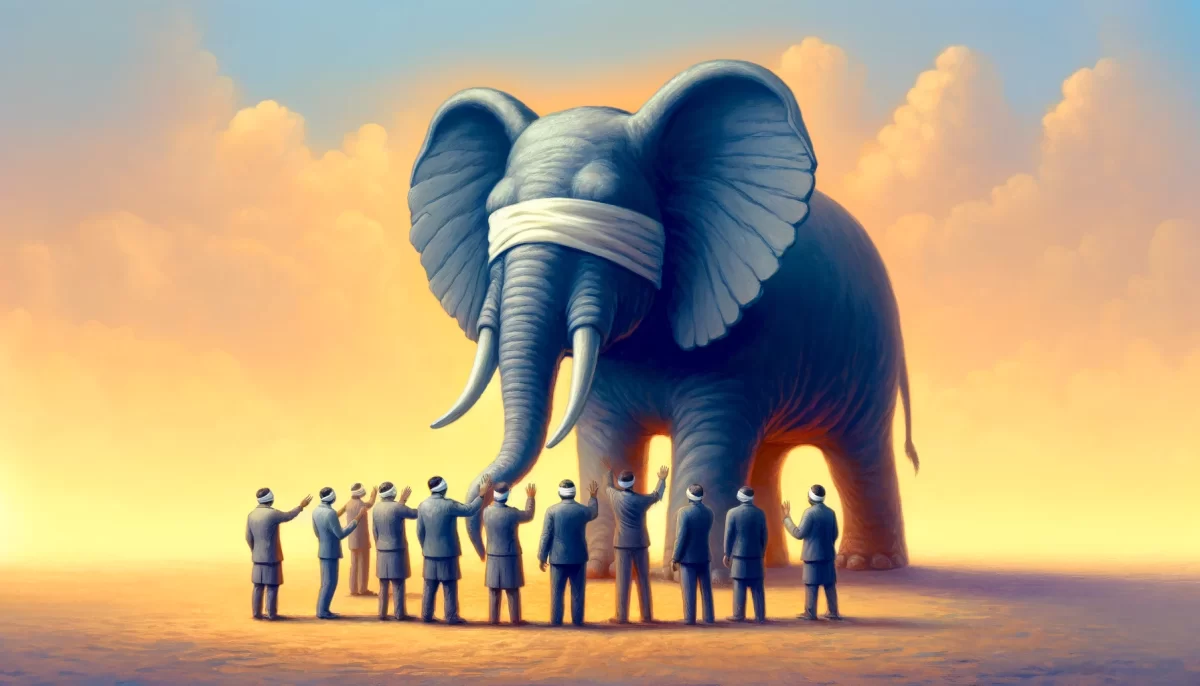

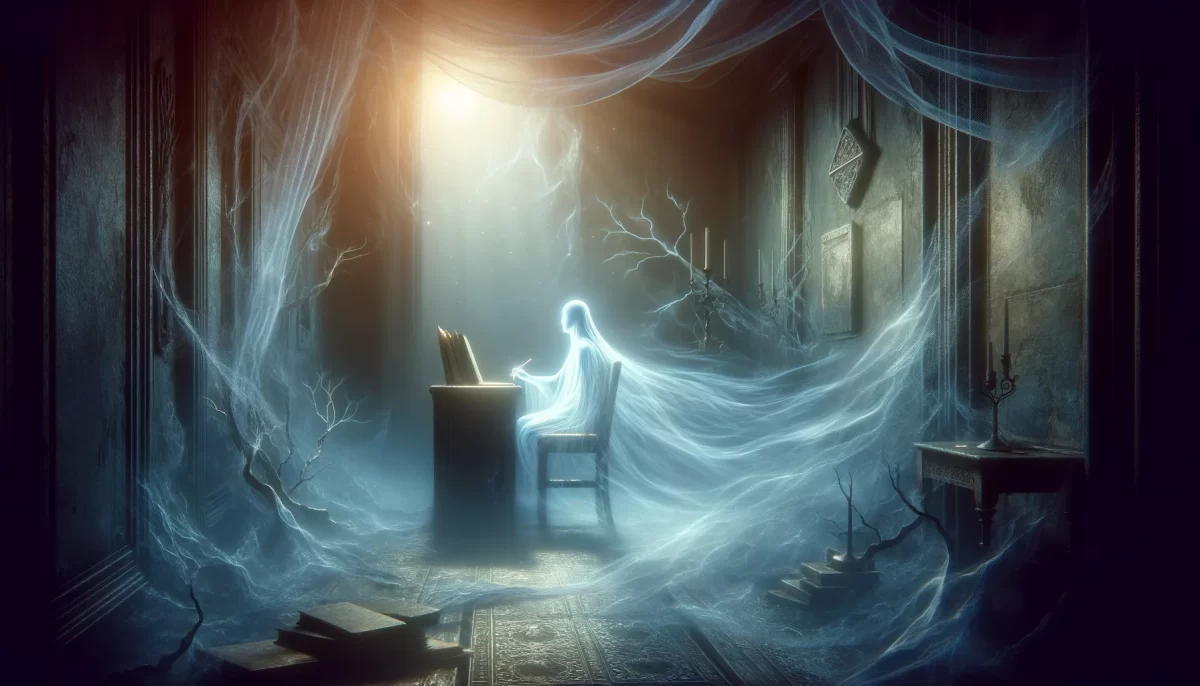
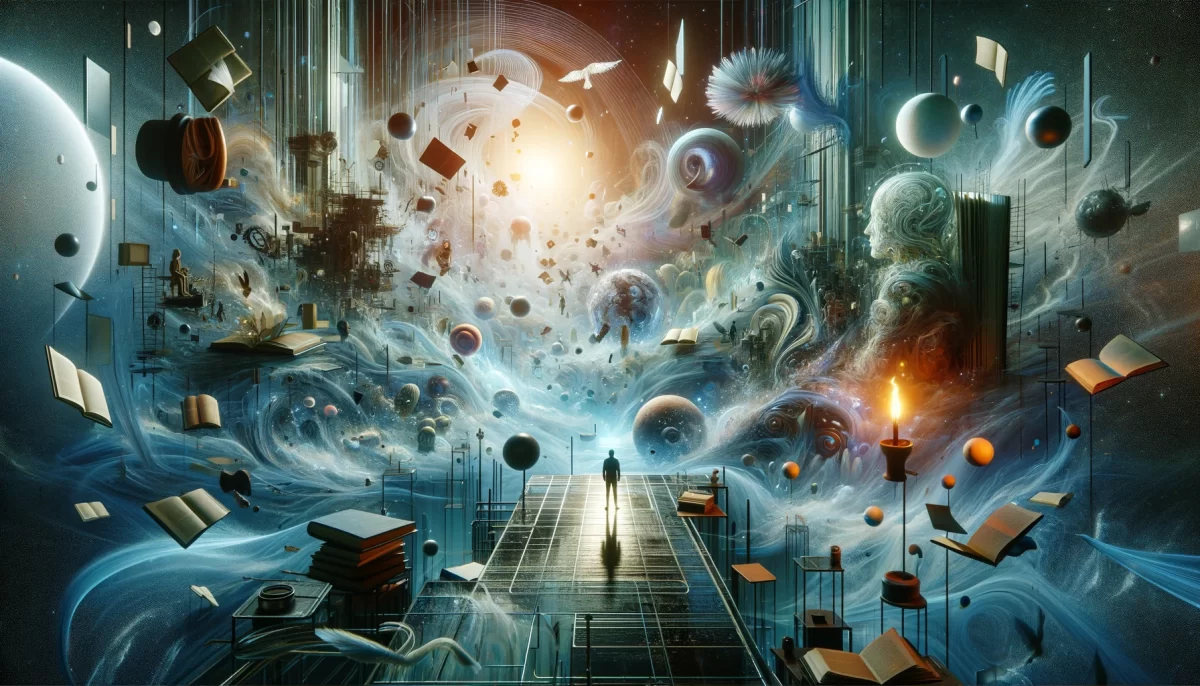
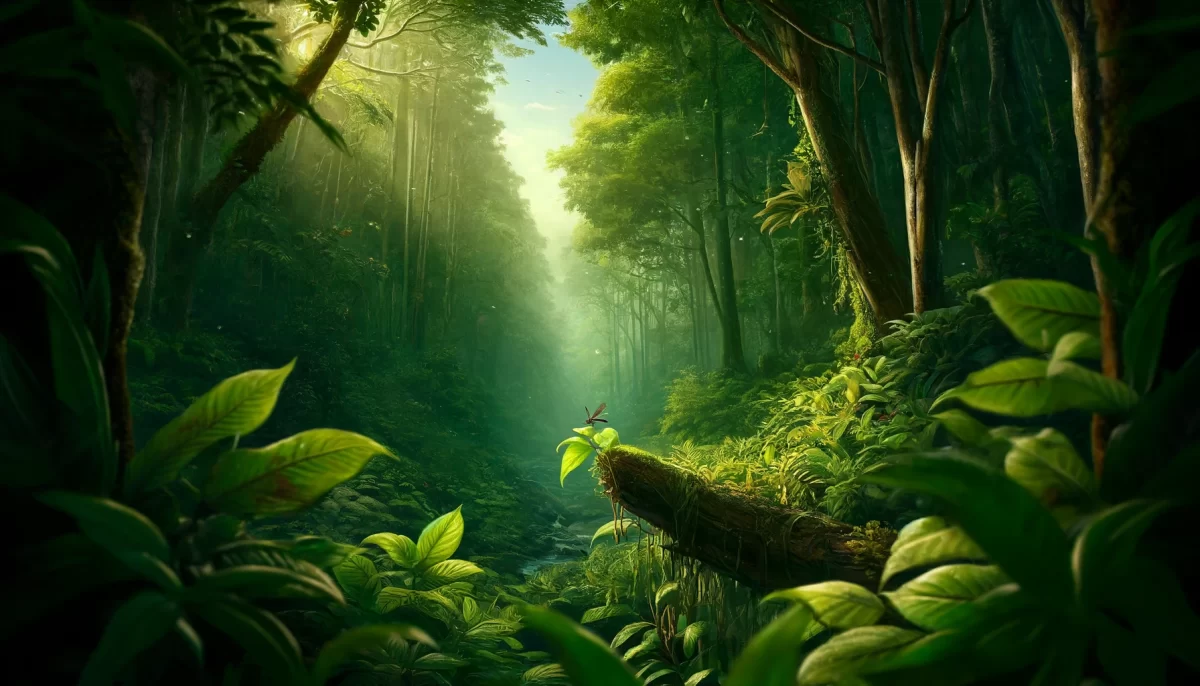
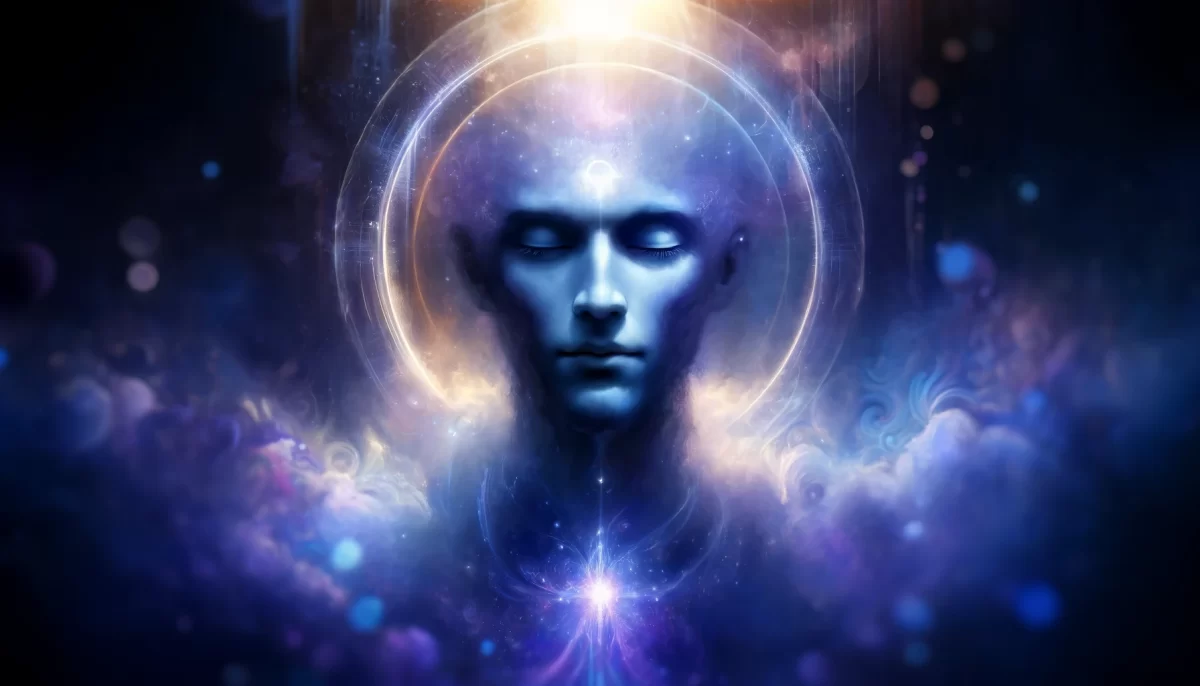
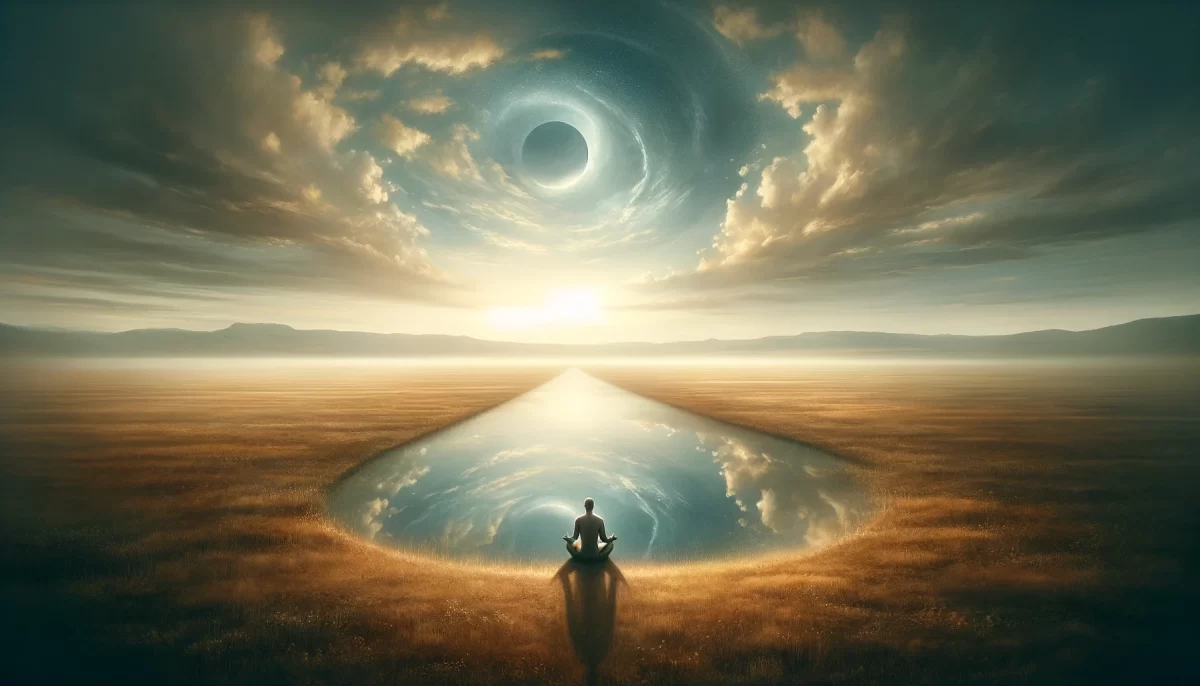
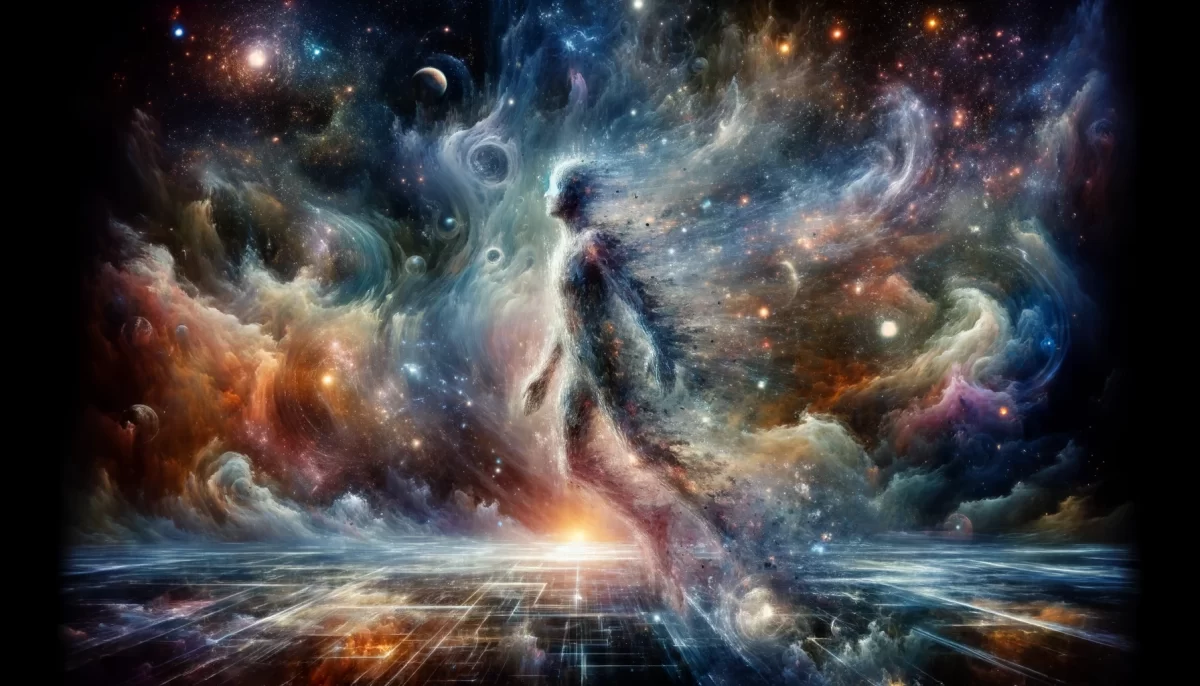
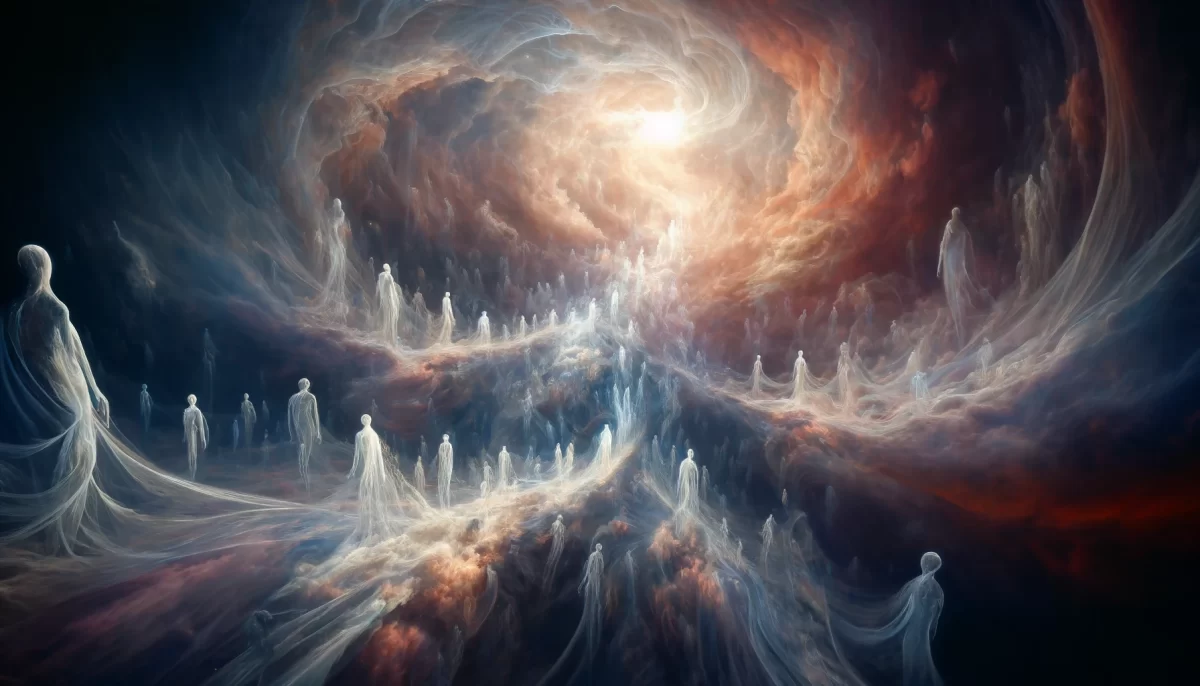
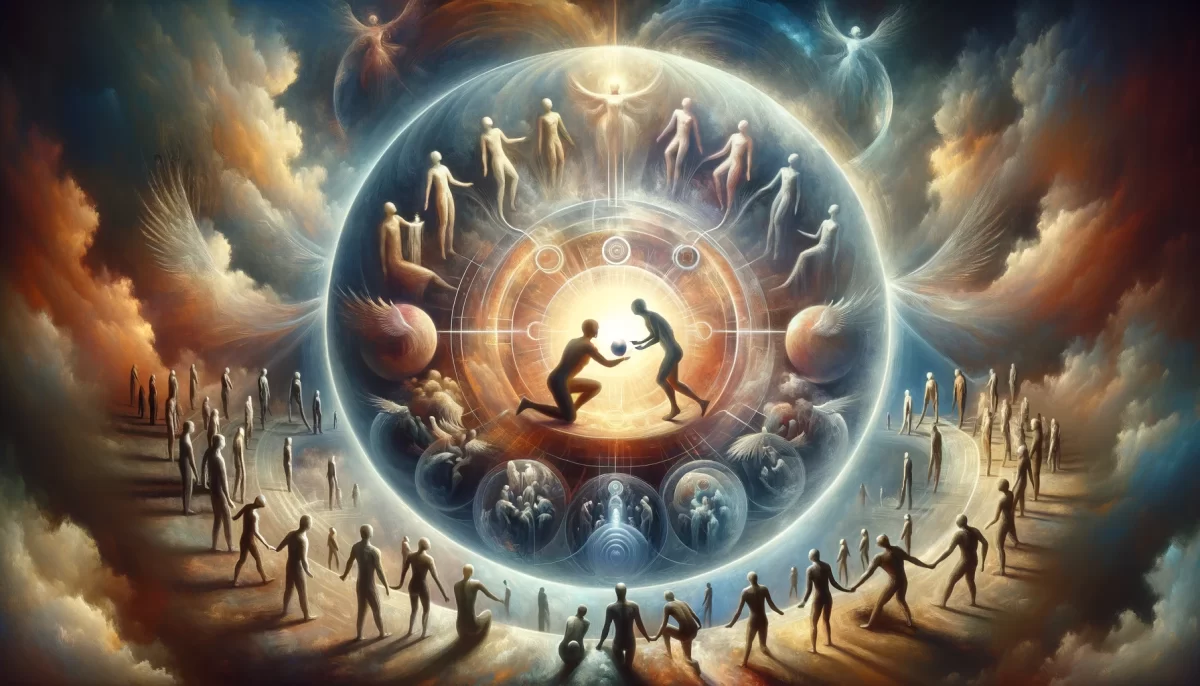
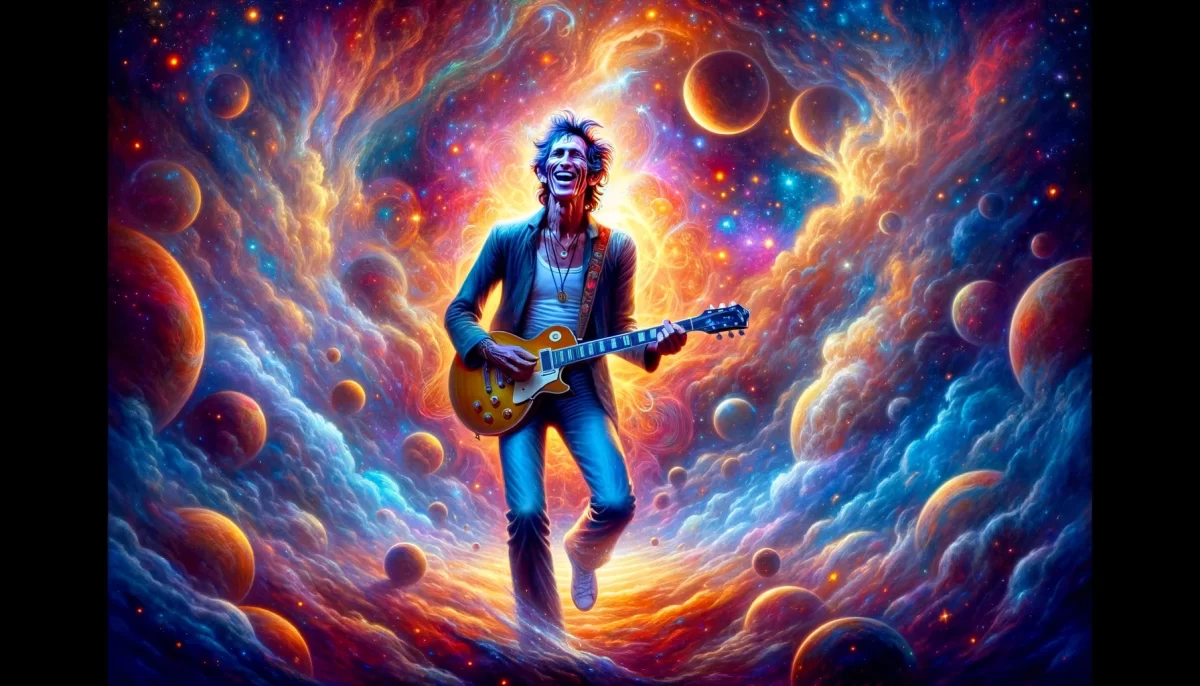
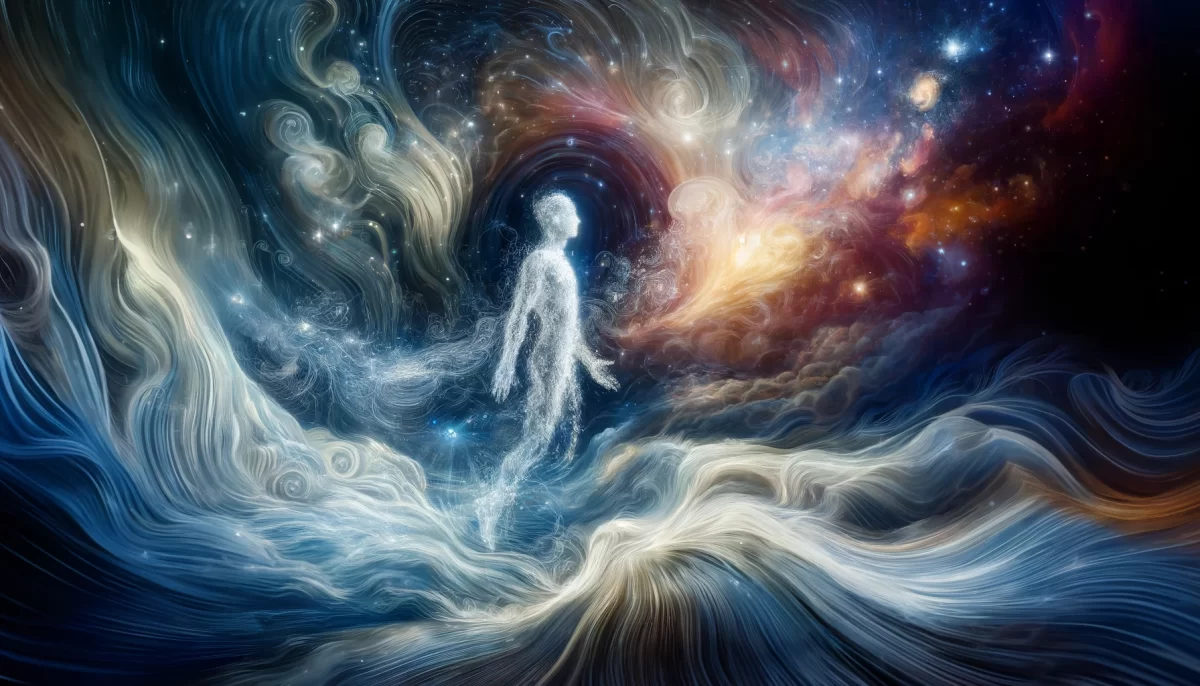
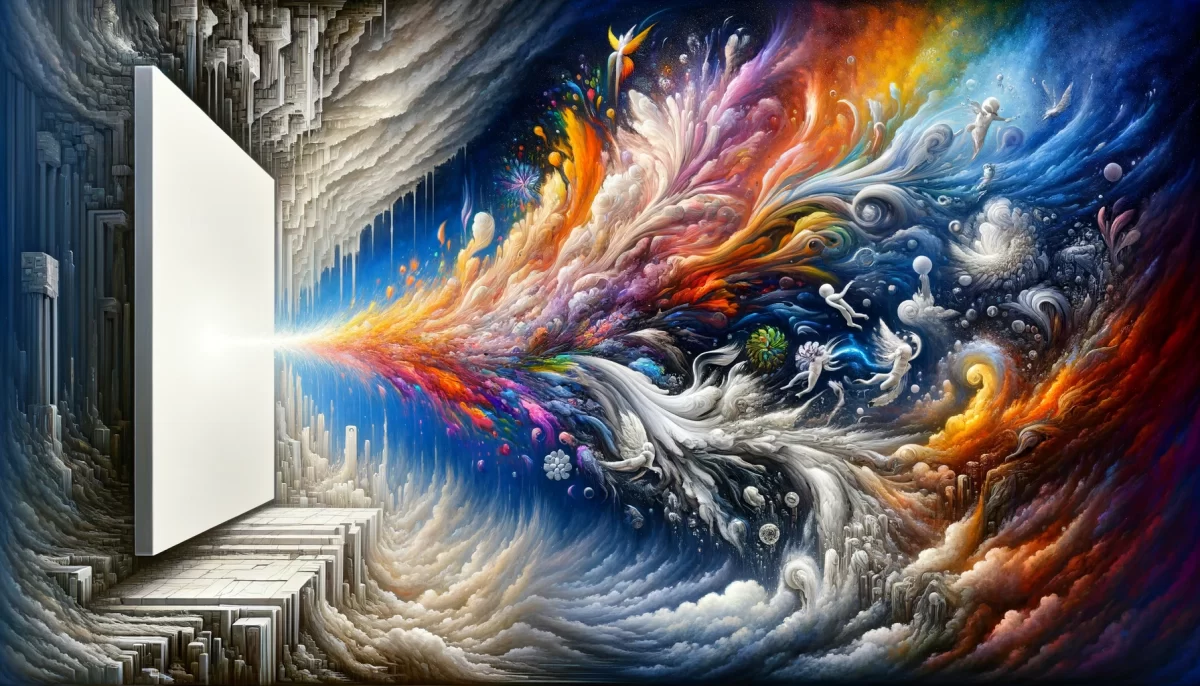
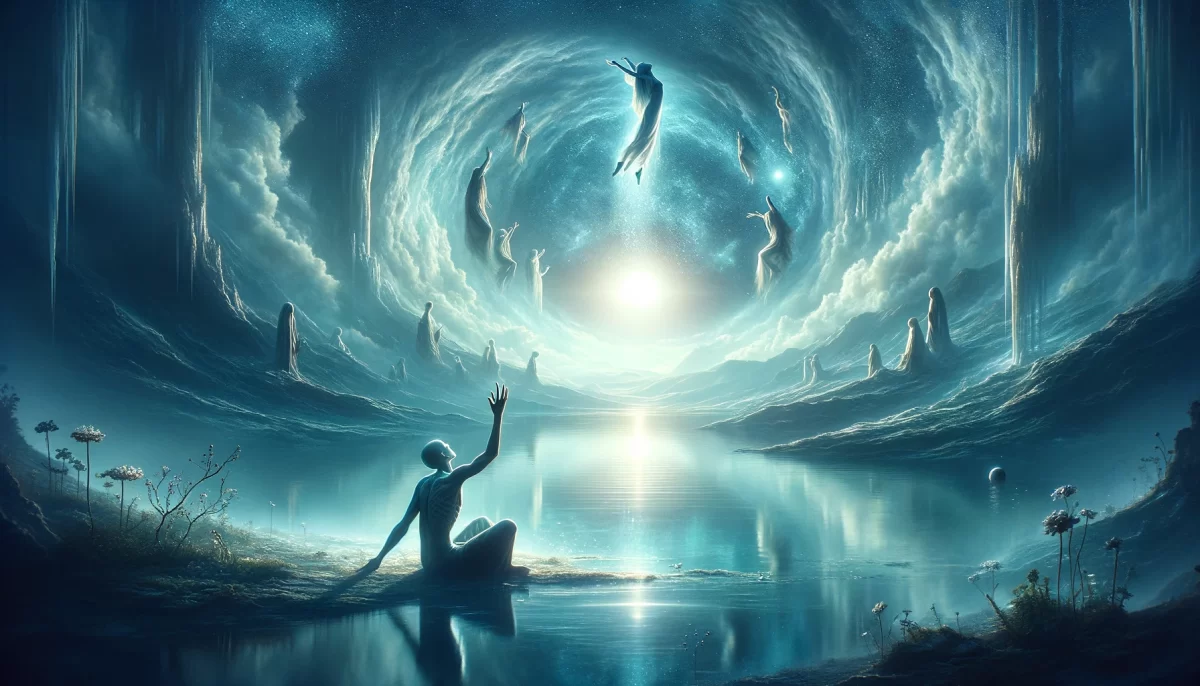
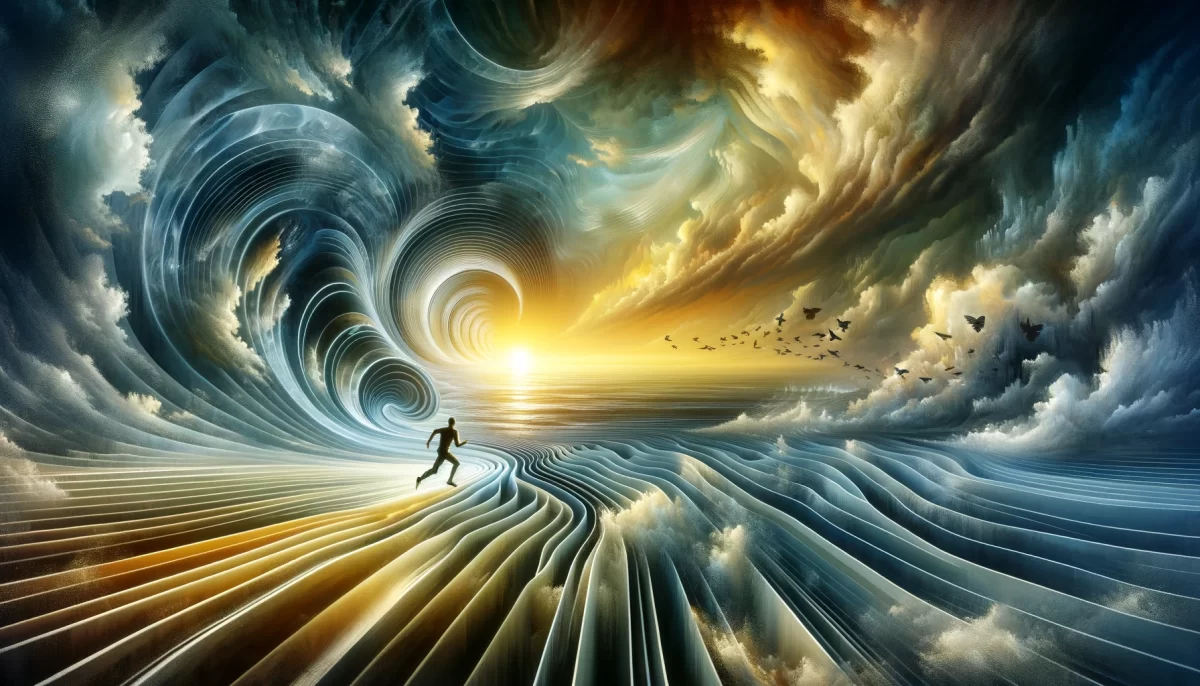
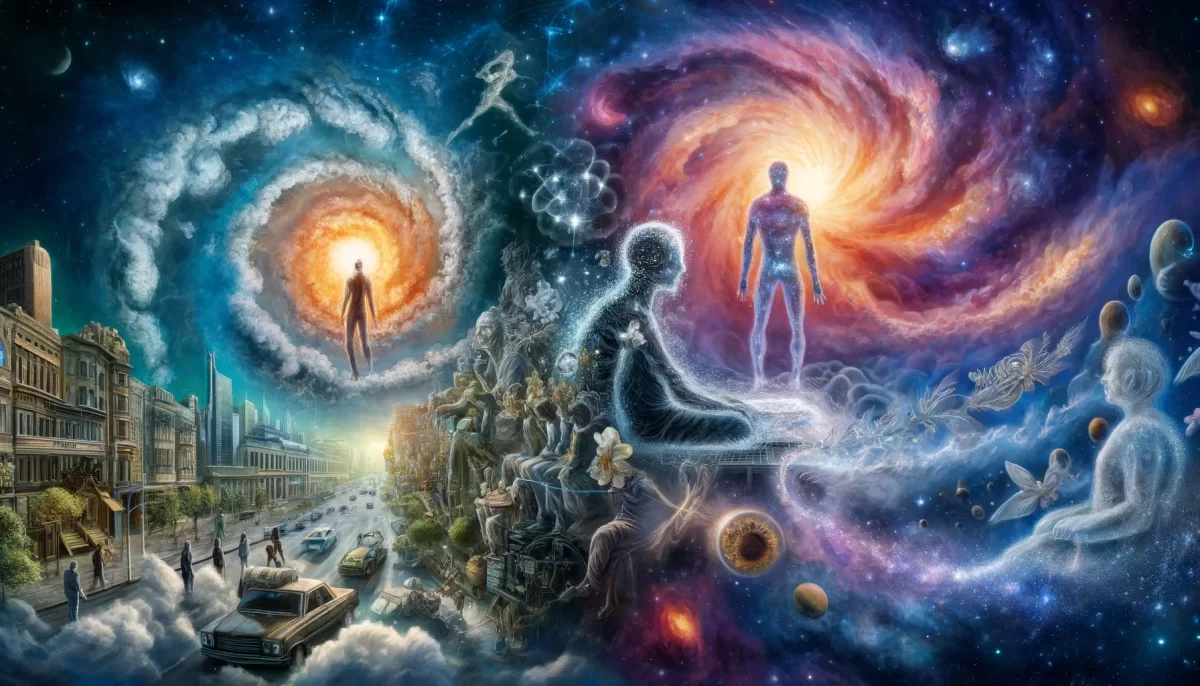
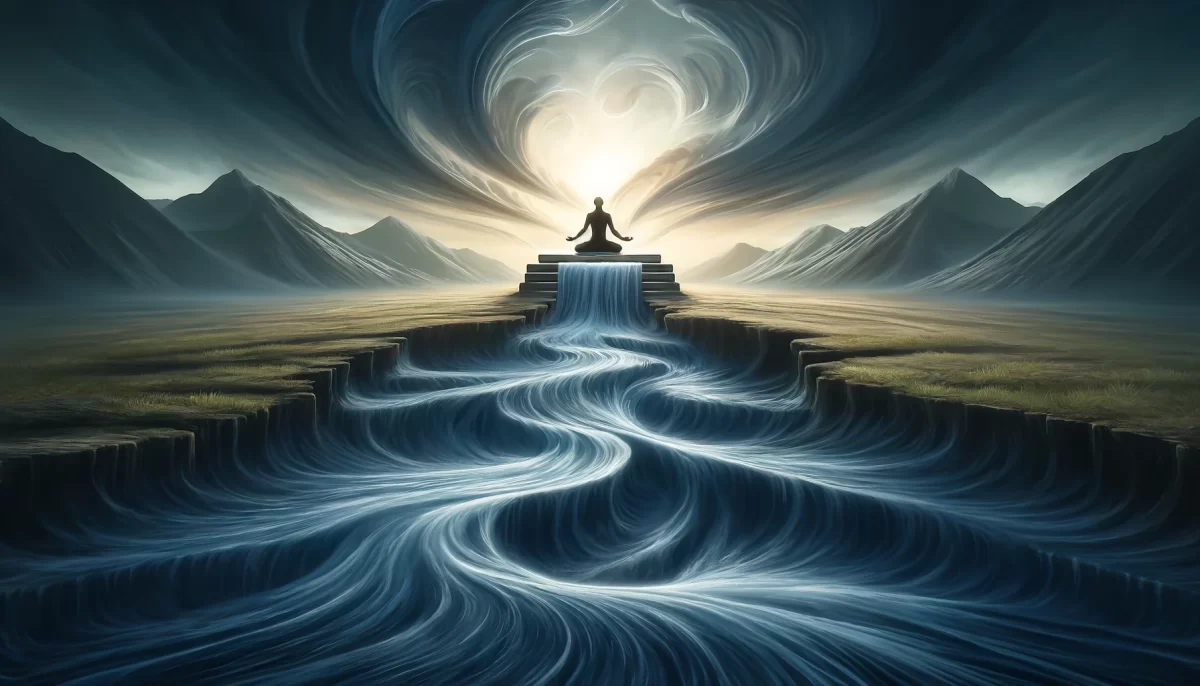
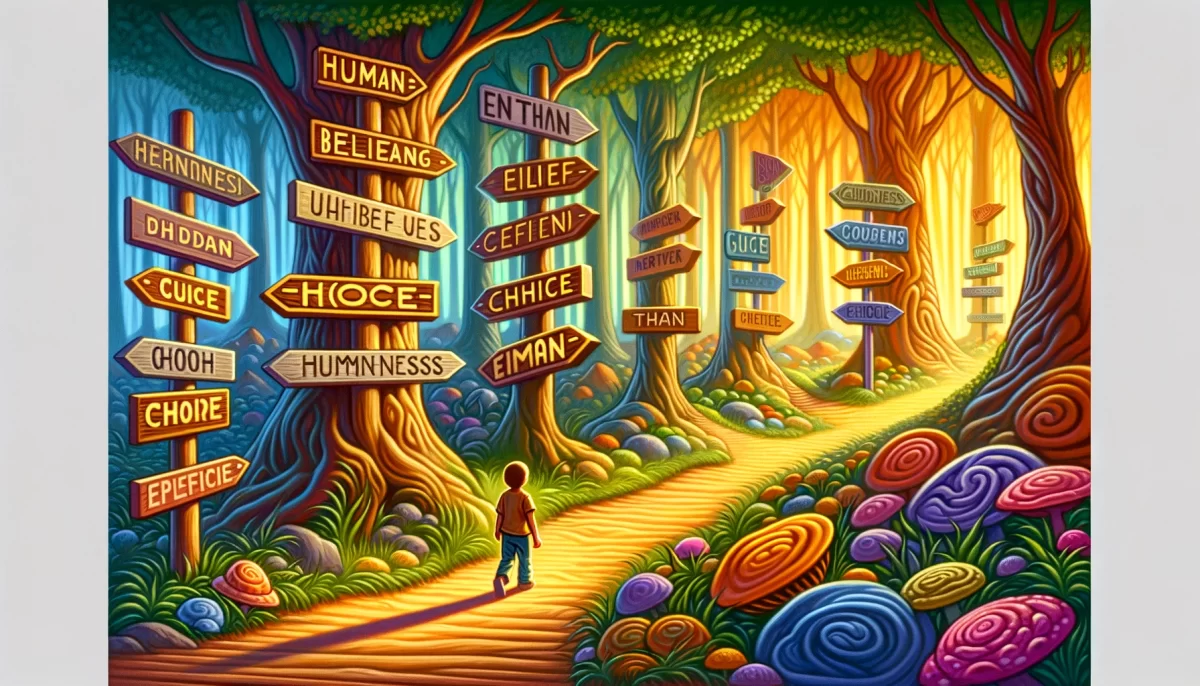
Leave a Reply